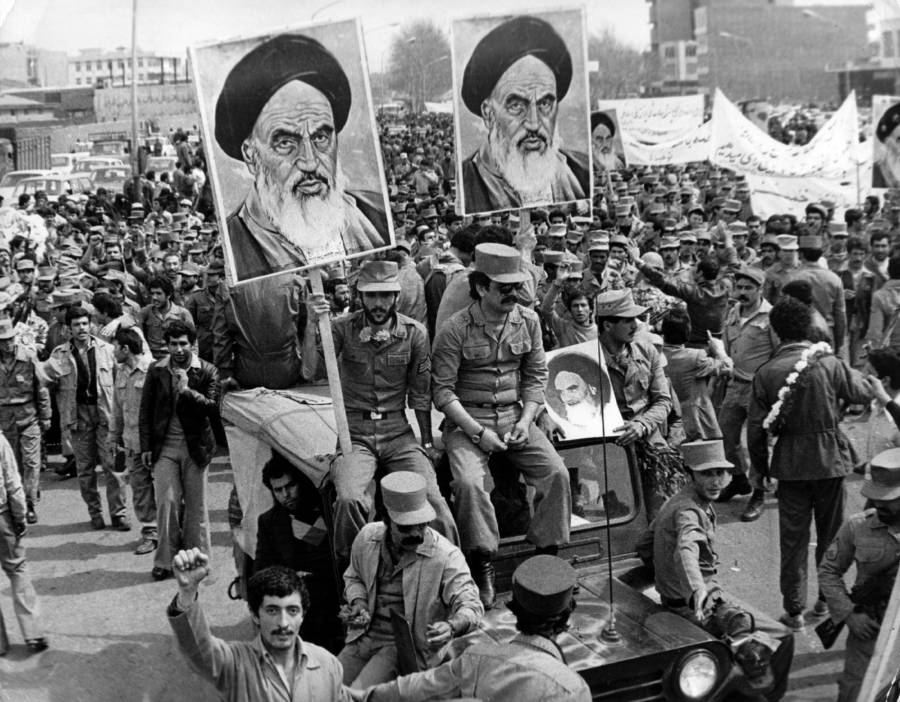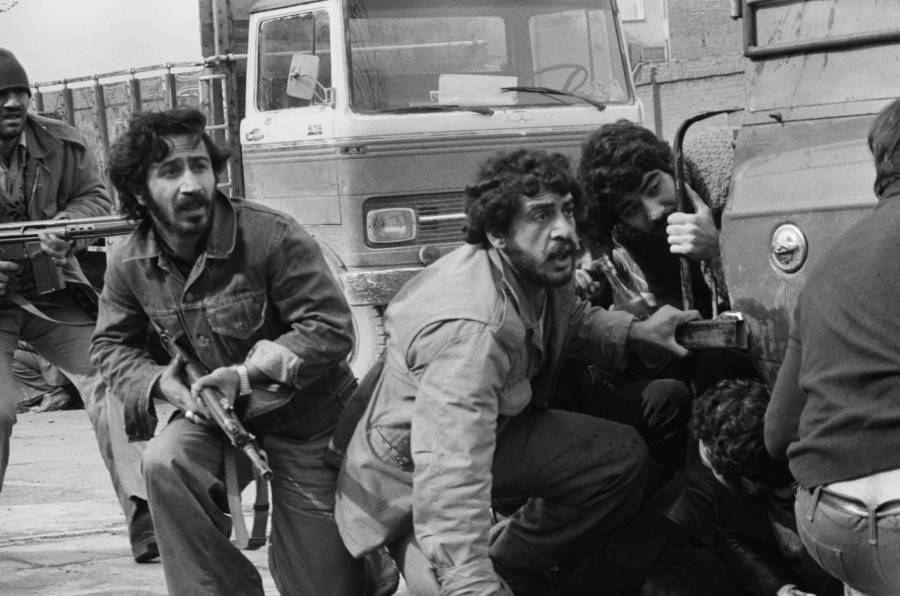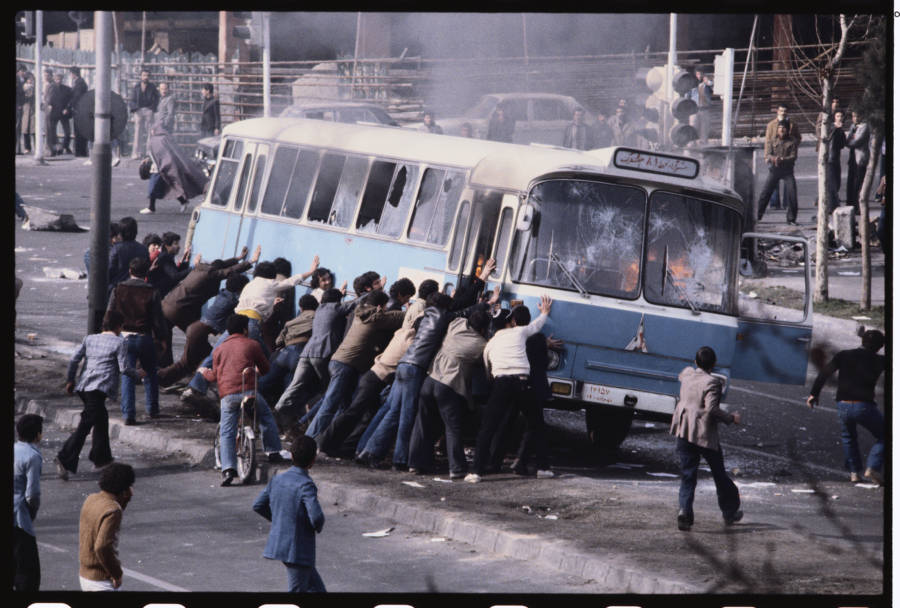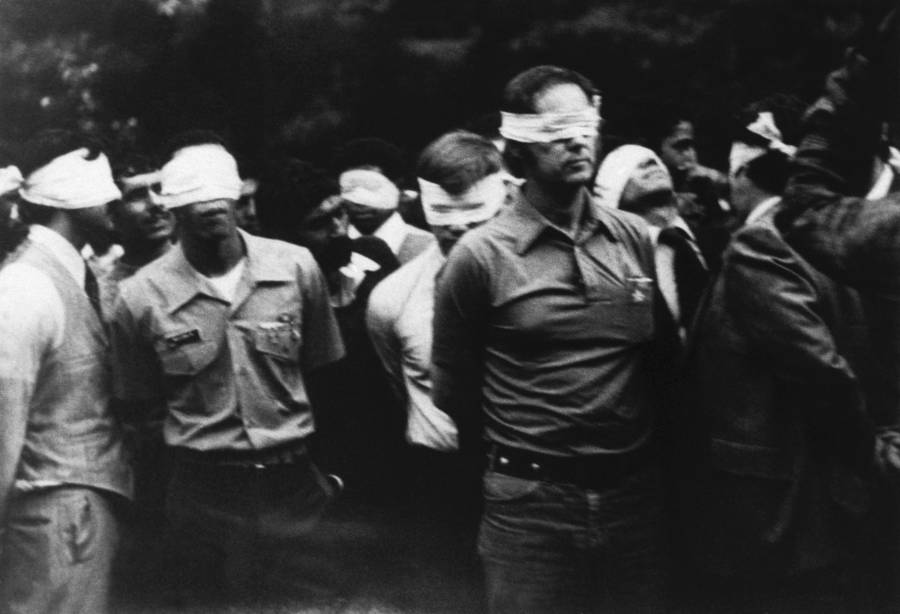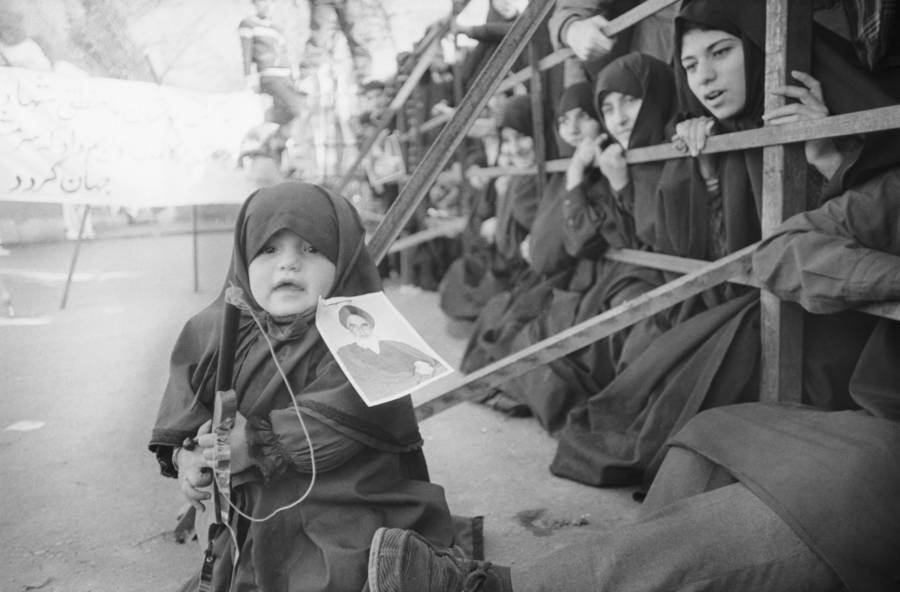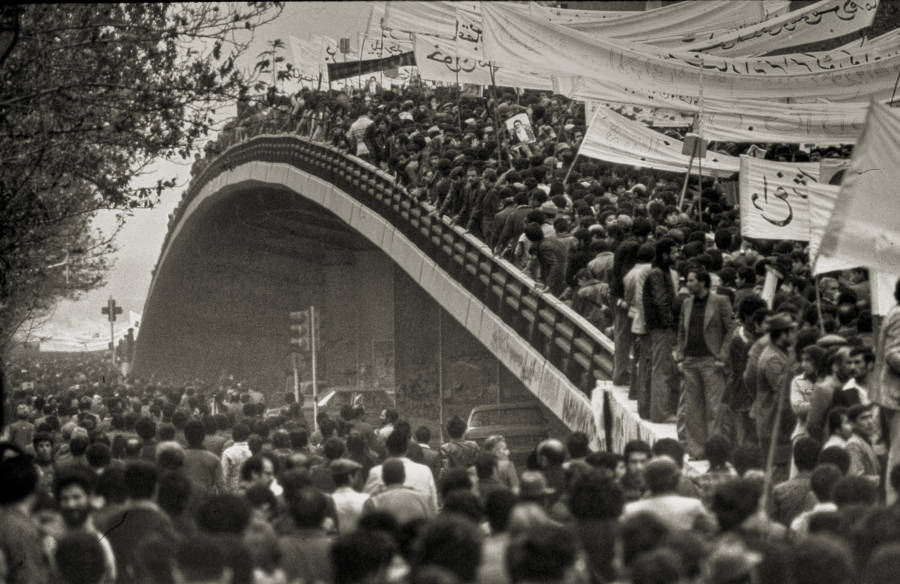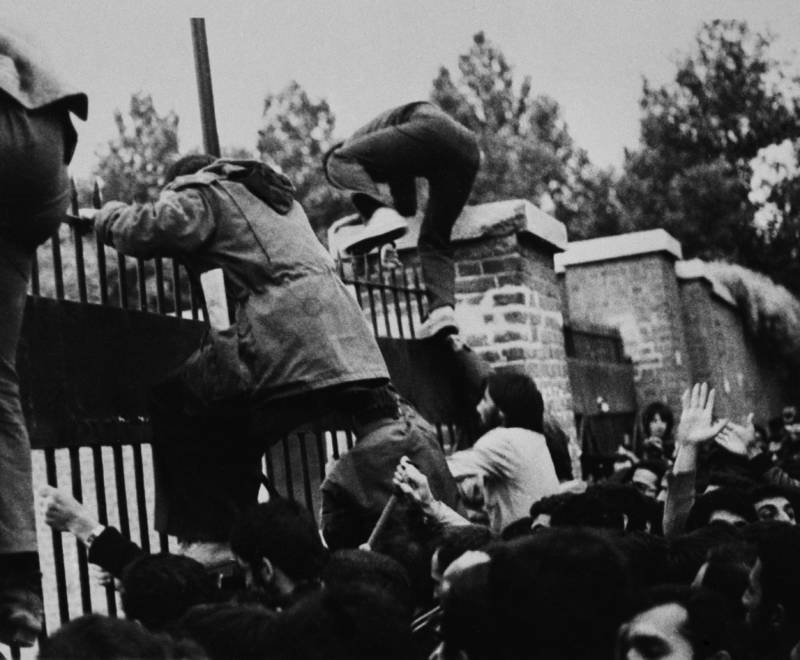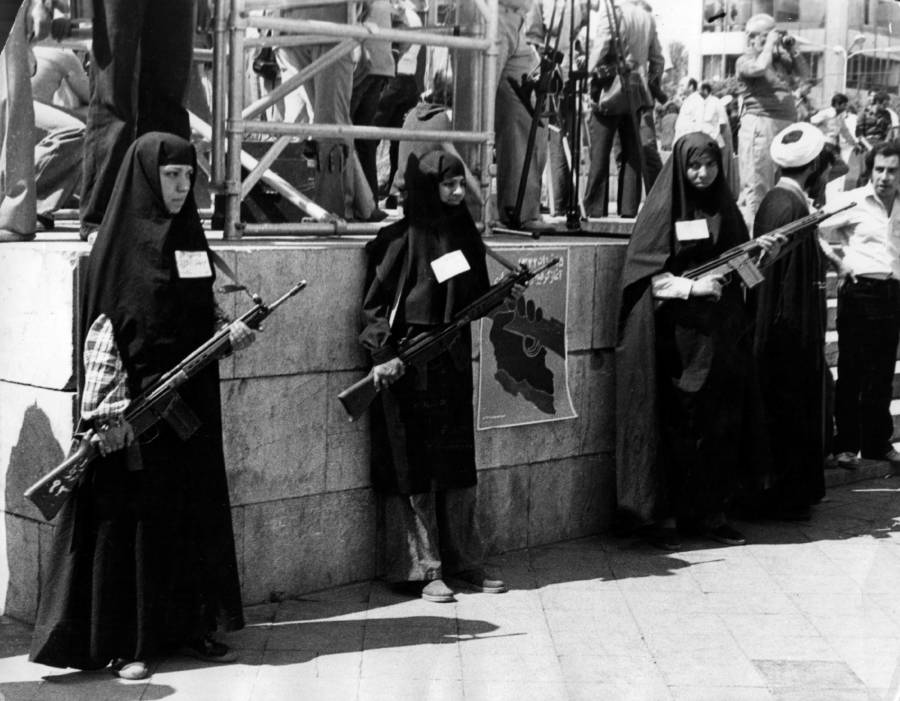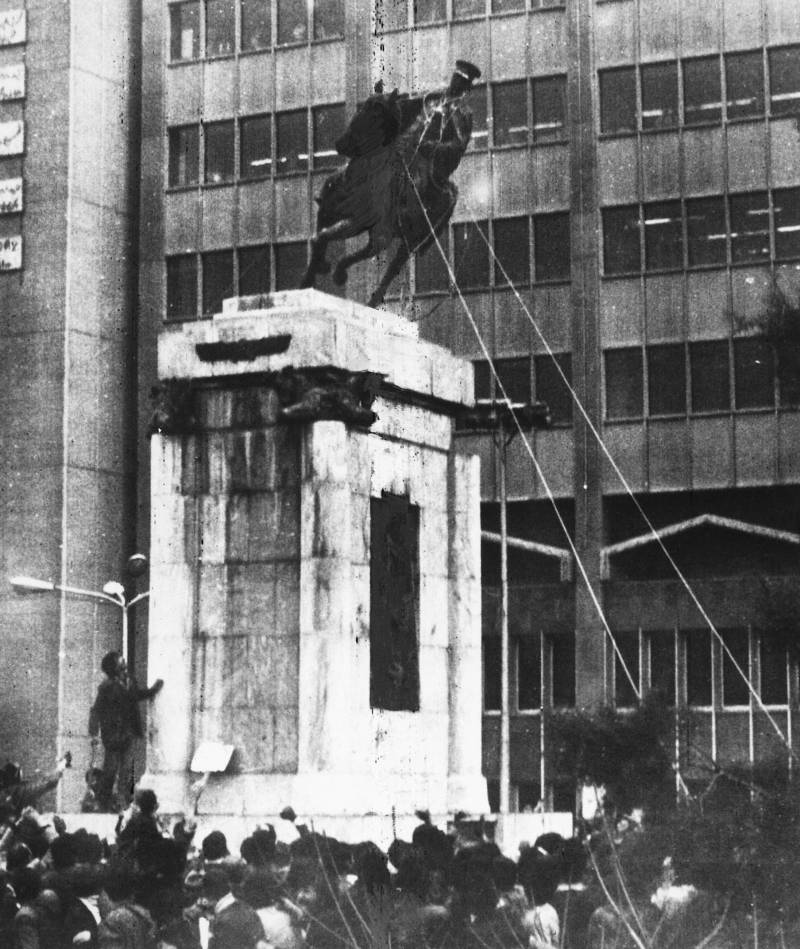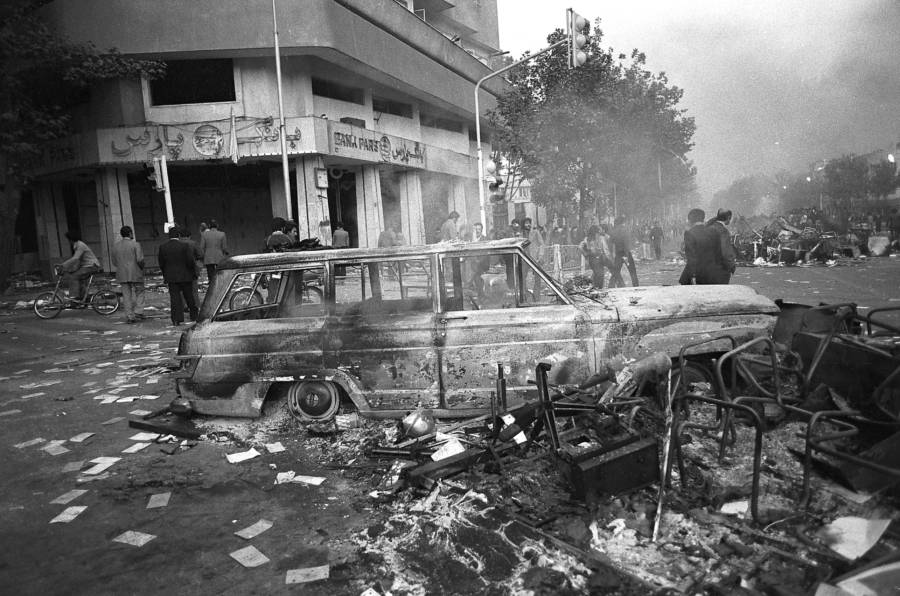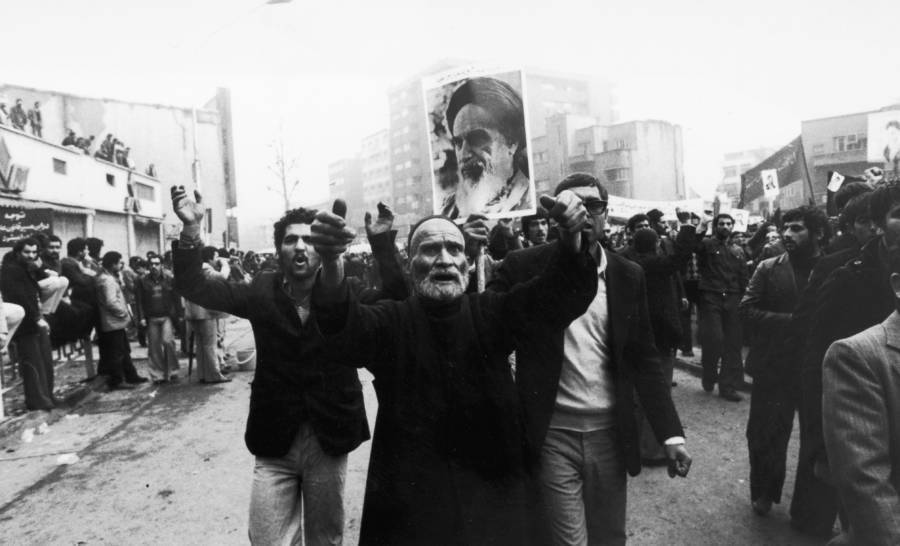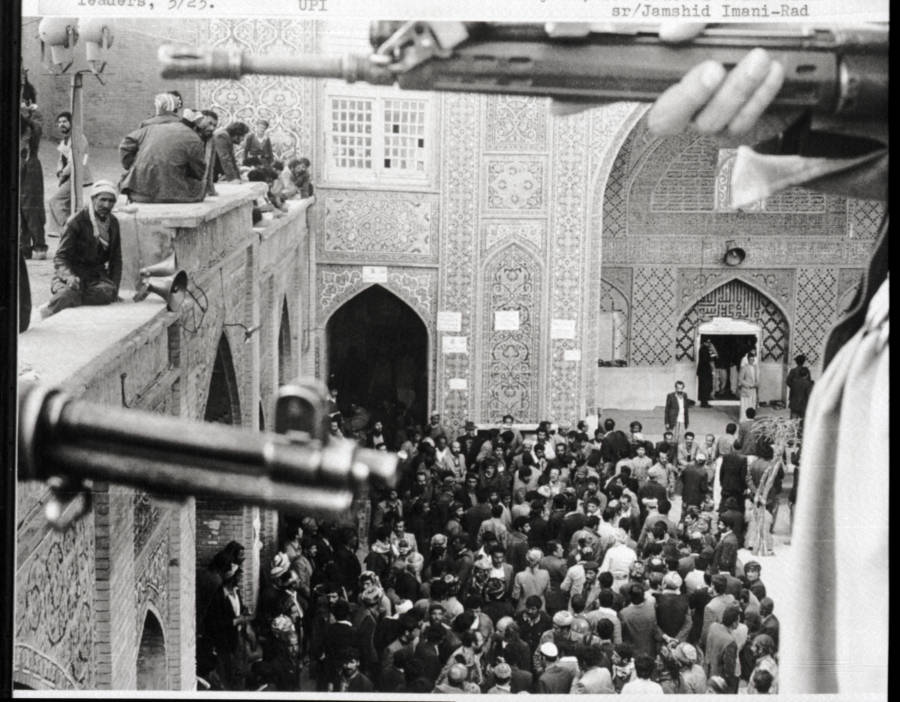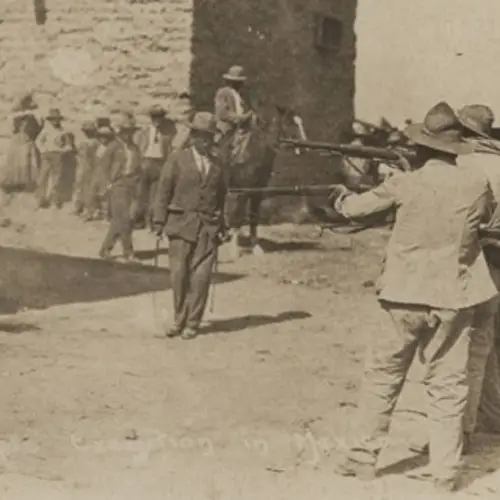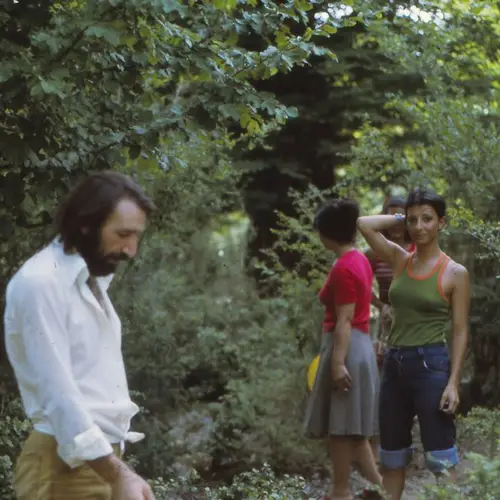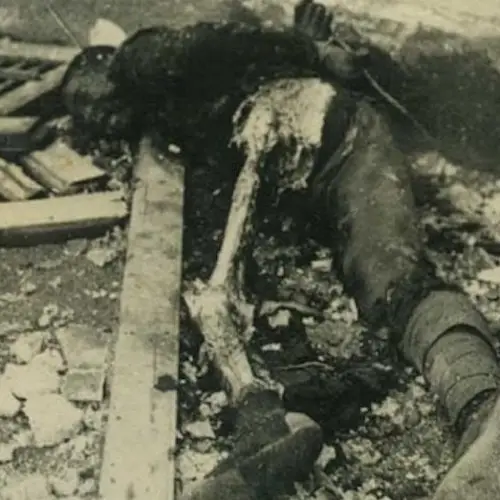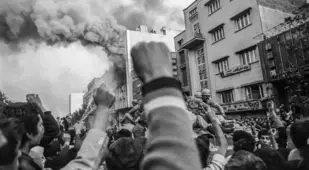While it may go overlooked by many Westerners, the Iranian Revolution was one of the most consequential events of the 20th century.
Iran, a country that had been a longtime U.S. ally and was enacting Western-style reforms, rapidly changed course in the late 1970s to become an Islamic theocracy. This dramatic shift would set in motion many of the large-scale geopolitical issues that the world is still dealing with today.
Before the 1979 revolution, Iran was ruled by a Western-supported monarchy led by Mohammad Reza Shah Pahlavi, known colloquially as the Shah. The Shah was put in place in World War II, after England and Russia forced the abdication of his father, who refused to let Iran be used as a transport corridor for Allied supplies.
The Shah then pushed forward a number of progressive reforms including breaking up large private estates and distributing them to the people, building a nationwide network of infrastructure, and encouraging industrial growth.
However, despite these reforms, many in Iran harbored negative feelings towards the Shah and saw him as disconnected from the citizens of Iran with his wealth and secular ideals. Leftists opposed him because they felt he was a puppet of Western governments, as he had been installed as leader by the British and was allowing Western companies to profit off of Iranian resources. Conservatives opposed his secular attitudes and his disregard for Islam.
Finally, in 1977, the people of Iran began demonstrating against their leader, taking to the streets in protest.
The demonstrations came to a head in 1979 when the upheaval went nationwide. In September of that year, a general strike took place across the country with employees walking out of their workplaces.
Then, after the government cracked down on protesters and even killed some, the disparate groups opposed to the Shah united in response to such force. The opposition was indeed multifaceted and diverse. Women, for example, played a large role in the revolution, marching and protesting right alongside men.
Soon, revolutionaries clashed with pro-government troops and militia in the streets of Tehran and elsewhere. Thousands of protesters were killed by government forces.
As the Iranian Revolution progressed, demonstrators began to rally around one popular critic of the regime, Islamic cleric Ruhollah Khomeini. Though he had spent the last 14 years in exile from Iran, Khomeini represented the opposition to the Shah's secular, Western-style rule. He championed a vision for an Iranian government founded on the principles of Islam.
By February of 1979, Khomeini had returned to Iran and the Shah had been exiled from the country and taken refuge in the U.S. A military regime briefly came to power, but was eventually quashed by the momentum of the revolution.
The disparate groups who made up the Iranian Revolution vied for influence over the new government, but it quickly became clear that Khomeini's vision for the nation would reign supreme.
As the fledgling Islamic government was coming to power, on November 4, 1979 a group of revolutionaries known as the Muslim Student Followers of the Imam's Line stormed into the U.S. embassy in Tehran and took 52 American diplomats and civilians hostage, demanding the extradition of the Shah back to Iran.
Thus began a 444-day diplomatic standoff between the U.S. and Iranian revolutionaries. After a failed rescue attempt by the military, the U.S. eventually reached a diplomatic agreement on January 20, 1981.
This incident helped to solidify the legitimacy of the new Iranian government, as they were able to successfully negotiate with an established nation like the U.S.
Of course, the new Iranian government was heavily opposed to the West. And this likewise profoundly impacted U.S. policy towards Iran and the Middle East at large in ways that still reverberate four decades later.
Next, see what Iran looked like before the Iranian Revolution. Then, view some surprising images of everyday Iran that hardliners in both the U.S. and Iran wouldn't want you to see.
